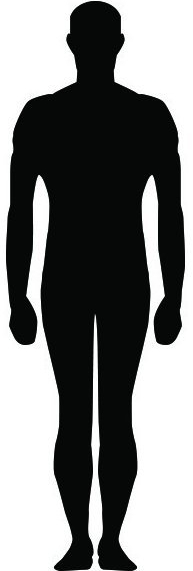Comparing Heights : Comparing Heights Visually With Chart
With our Height Comparison Tool, you can easily visualize and compare heights in a few clicks. Whether you're curious about your own height, want to compare it with a friend, or explore famous figures, our tool helps you see the difference!
What is Comparing Heights
"Comparing Heights" is the process of visually or numerically measuring and contrasting the heights of two or more individuals or objects. It’s often used for fun, curiosity, or practical purposes, like understanding height differences between people, couples, or even celebrities. Using a Height Comparison Tool, you can easily input various heights and see a clear, side-by-side comparison, helping you visualize how someone’s height stacks up against another's.
What is Height Comparison
Height Comparison refers to the act of measuring and contrasting the heights of two or more people or objects. This can be done visually or using tools like a Height Comparison Chart or Height Comparison Tool. It helps you understand the difference in height between individuals, whether for personal curiosity, educational purposes, or professional needs.
How to Use Height Comparison Tool?
Using a Height Comparison Tool is easy and straightforward. Here's how you can do it:
- Enter the Heights: Input your height and the height of the person or object you want to compare with. You can usually choose between feet/inches or centimeters, depending on your preference.
- Click Compare: After entering the heights, hit the compare button. The tool will generate a visual or numerical comparison showing the height difference between the two entries.
- View the Results: Instantly see a side-by-side comparison of the heights. The tool will clearly display how much taller or shorter one is in relation to the other.
- Share or Save (Optional): Many tools offer the option to share the results with friends or save them for future reference.
Why Use This Height Comparison Chart?
This Height Comparison Chart is invaluable for easily visualizing height differences between individuals, allowing for quick and intuitive comparisons. It provides an engaging way to satisfy curiosity about how you or someone else measures up, whether it’s friends, family, or celebrities.
Why We Need a Size Comparison Tool
A Size Comparison Tool is essential for quickly visualizing and understanding size differences between objects, people, or animals, which enhances our ability to make informed decisions in various fields such as design, construction, and fashion.
Why Use This Height Comparison Chart?
Using this Height Comparison Chart allows you to easily visualize height differences between people or objects, making comparisons clear and intuitive. It's a fun and engaging way to see how your height measures up against others, whether it’s for curiosity, personal use, or educational purposes. The chart is user-friendly, providing accurate results in seconds, making it perfect for quick comparisons.
Why We Need a Size Comparison Tool
A Size Comparison Tool is essential for visually understanding size differences between objects, people, or animals, making it easier to grasp comparisons quickly. It’s especially useful for decision-making in areas like design, construction, and fashion, where accurate sizing matters.
Height comparison boy and girl
Height comparison between boys and girls is often a topic of curiosity, as it highlights the natural differences in growth patterns between the genders. Typically, during childhood, boys and girls may have similar heights, but during adolescence, boys often experience a later and more pronounced growth spurt. On average, boys tend to grow taller than girls by the time they reach adulthood. However, there are always exceptions, and many factors such as genetics, nutrition, and overall health can influence height. Using a height comparison tool, you can easily visualize the difference between the heights of boys and girls, making it easier to see how individuals of different genders compare at various stages of life.
FAQ
How accurate is the Height Comparison Chart?
We use accurate data to ensure that the height differences shown are precise. You can rely on our Height Comparison Chart for both personal and professional use.
Can I compare heights in feet and centimeters?
Yes! Our tool supports both imperial and metric measurements, allowing you to compare heights easily no matter where you're from.
